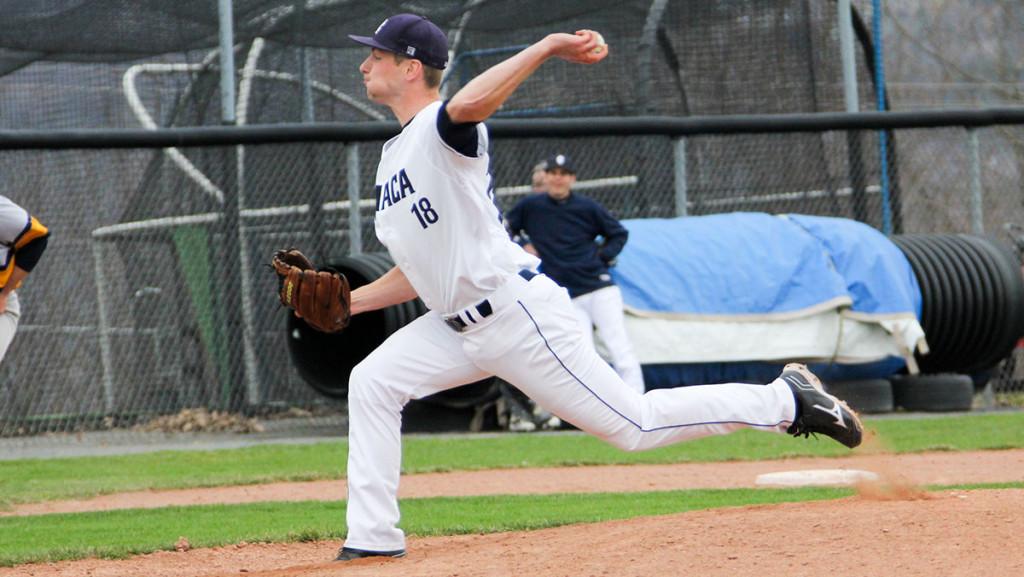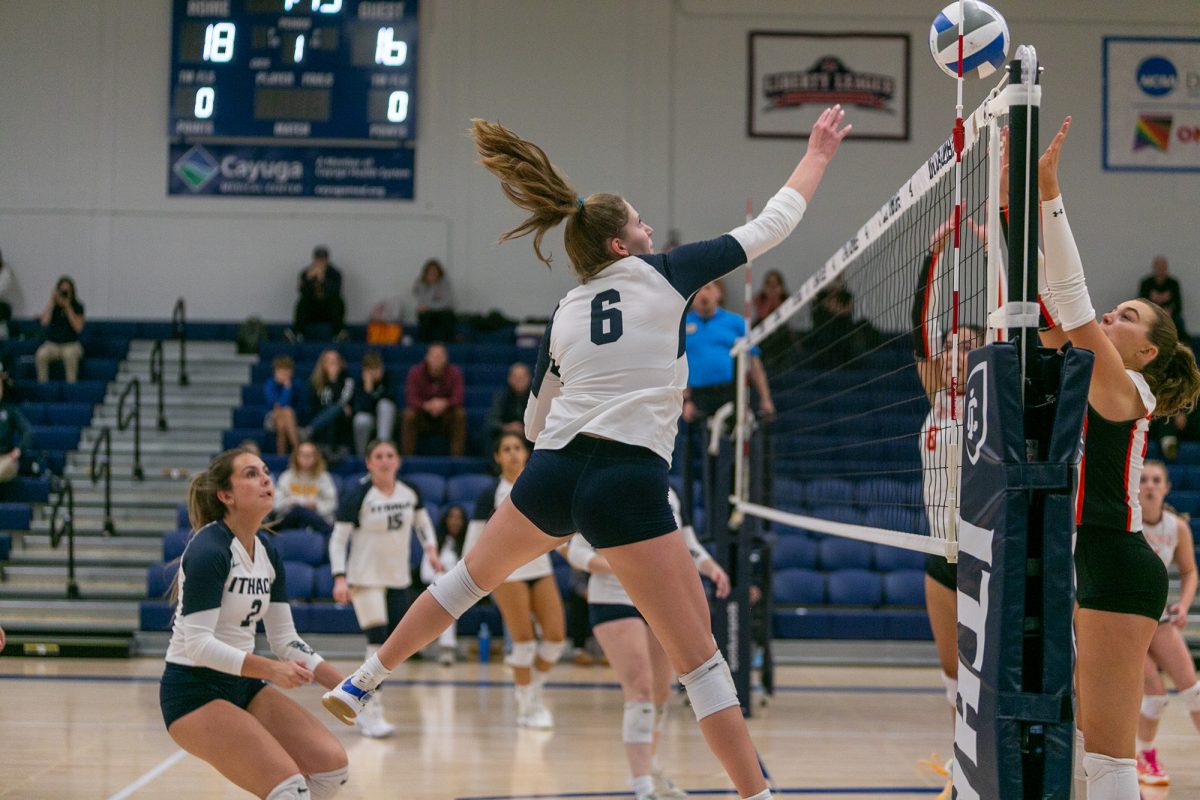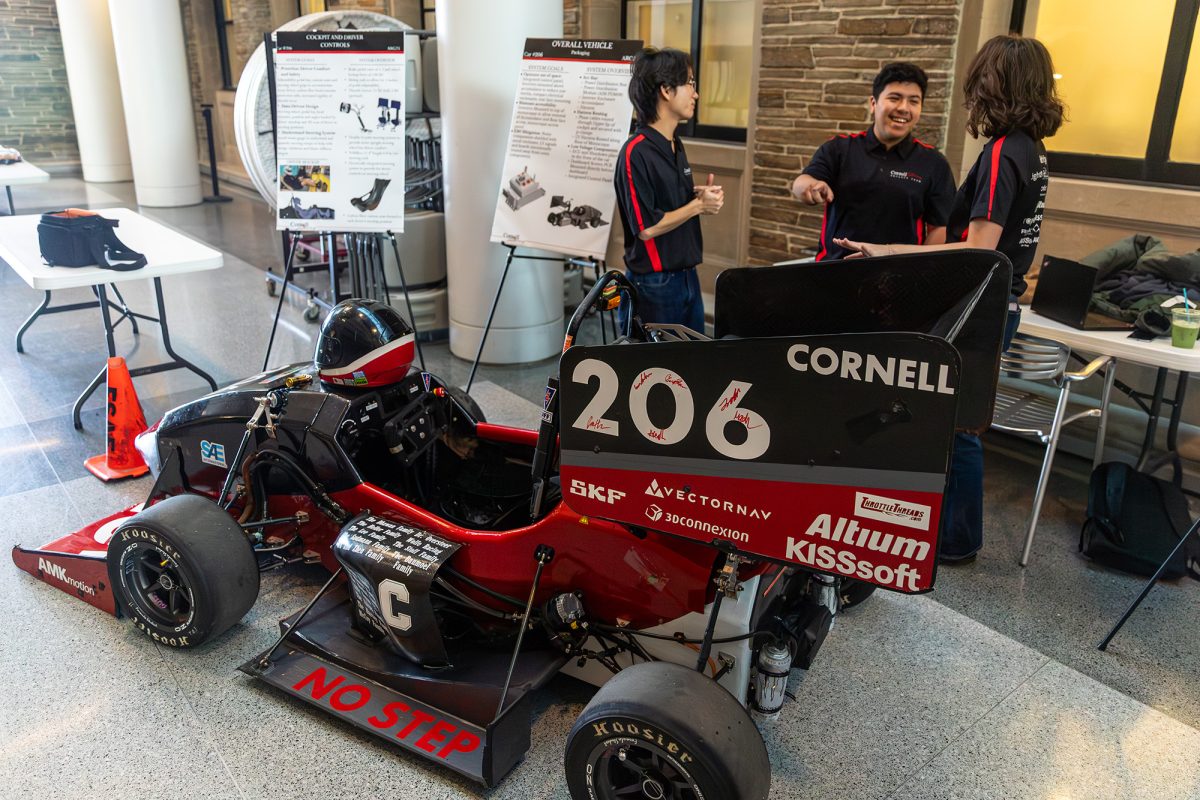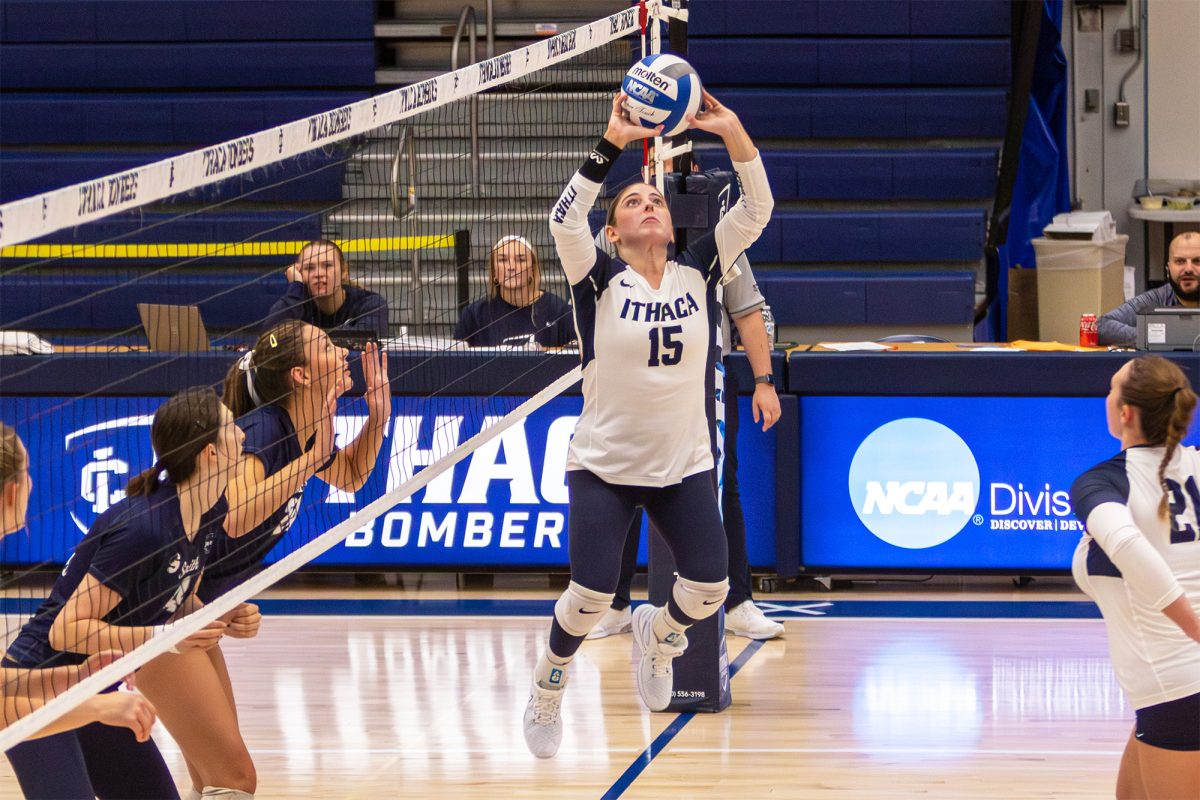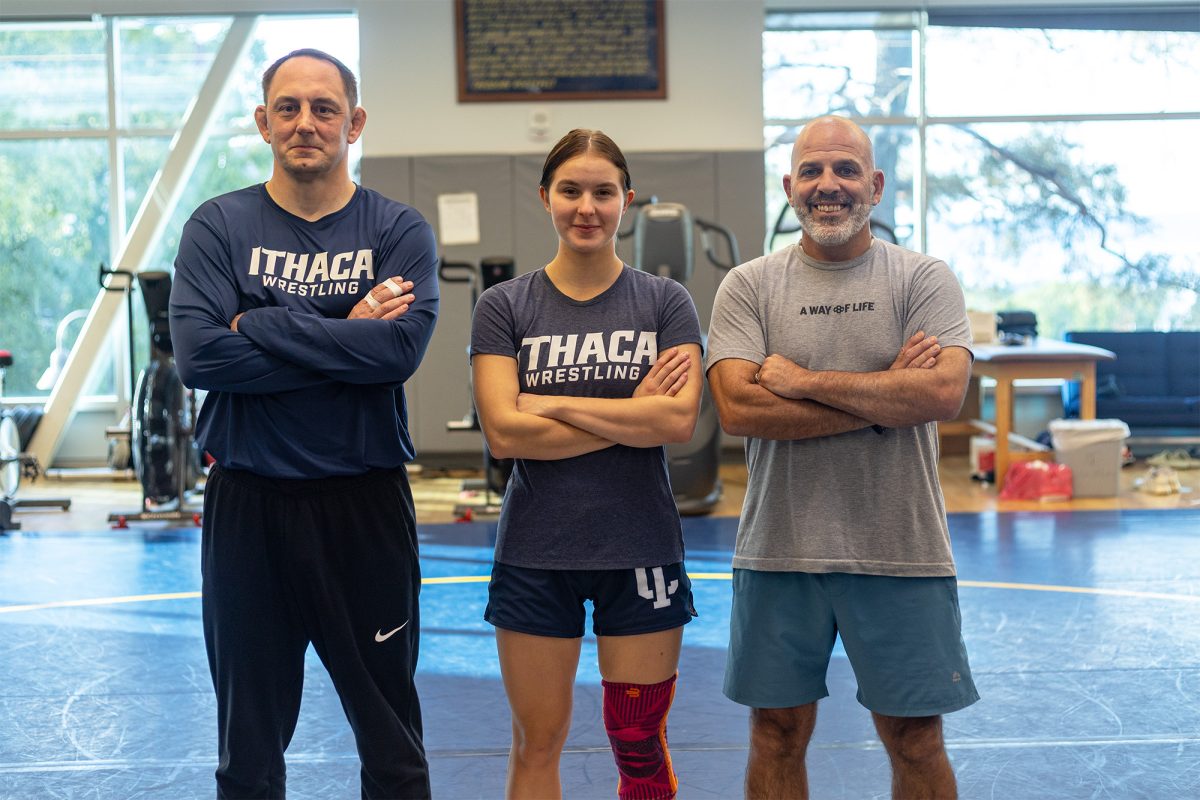With baseball’s attendance dipping over the years — the average Major League Baseball attendance has dropped by nearly 6 million since 2007, according to Forbes.com — due to a lack of interest in the sport, baseball organizations at both professional and college levels continue to search for the answer to this lingering predicament.
The MLB implemented a pitch clock at the start of the 2015 season to speed up the pace of the game and keep the fans entertained. Baseball at the collegiate level, however, has decided to take a different approach by introducing a new type of baseball with lowered seams in all three divisions.
Craig Keilitz, executive director of the American Baseball Coaches Association who communicated and worked with several coaches who were experimenting with the new balls during practices and games in Fall 2014, said there were two specific reasons for eventually making the official switch.
“Two of the major reasons were to line itself closer to the major league ball, which is also a flat-seam ball, and the other is to produce more home runs and increase run production,” Keilitz said.
This season, the seams on the baseball were lowered from .048 inches to .031 inches. Keilitz said the seams are just like the balls used in the minor leagues but are still higher than the balls in the majors.
NCAA Division I baseball has seen significant strides in offensive production with a 39-percent increase in home runs this season using the flat-seamed ball.
Though there is no data available for Divisions II and III, examining the offensive production over almost a full season of the Empire 8 baseball squads shows the new ball has had mixed results.
In terms of home runs, the Bombers have hit just three through 21 games this season. If they were to continue this trend, the team would end up with about seven by the end of the season, two shy of last year’s total of nine in 36 games.
On the other hand, Empire 8 rival St. John Fisher College has mashed 13 long balls through 30 games. At this pace, the Cardinals are well on their way to eclipse their mark of 14 home runs last season through 42 games.
Head baseball coach George Valesente said the Bombers’ power woes can be attributed not only to the new balls, but also to the fact that the majority of Division III teams adopt more contact-speed offenses and aren’t as power-heavy.
“At Division III we don’t have a lot of home run hitters,” Valesente said. “You’re not loading up your lineup with five or six big, 220-pound guys who can pound it out.”
Keilitz said the new baseball travels an average distance of 20–21 feet more than the high-seamed ball due to the lack of a drag effect, the aerodynamic force that opposes an object’s flight through the air.
Keilitz also said the move to a more lively ball brought hope that it would counteract the detrimental effects Batted Ball Coefficient of Restitution bats had on power numbers when they were implemented in 2011.
BBCOR bats were introduced as a substitute for aluminum bats. These bats diminish the travel of the ball off the bat as well as its velocity.
Valesente said the decision to lower the seams on the baseball makes sense, considering the recently declining offensive numbers.
“It wasn’t a surprise because home run production dropped off dramatically,” Valesente said. “They’re trying to get the game to have some balance … They don’t want pitching to dominate so much that the game becomes very boring from that standpoint.”
With lowered seams comes the potential problem of gripping the baseball — the flatter seams are sleeker, which can make it difficult for pitchers to grasp them. However, freshman pitcher Jimmy Sinopoli said he had minimal trouble adjusting to the flat-seam ball.
“You definitely notice the difference that the seams are lower,” Sinopoli said. “But once you start throwing with it, it’s not a huge difference where you are going to see a lot of difference in the spin of your breaking ball or just the spin of the ball in general.”
Despite noticing a slight loss of movement off of his off-speed pitches, senior pitcher Jimmy Wagner said his control has, in fact, improved with the new ball.
“It feels more round,” Wagner said. “When the seams are higher, it doesn’t feel like a round ball. Sometimes you’re down in the count and your fastball will dive away. Now it’s a lot easier. You can spot up on the corners … It’s easier to throw and easier to locate.”
Sinopoli, however, said he still has his doubts of the future impact of the lowered seams.
“I just don’t think it’s a big enough change to make that much of an impact,” Sinopoli said, “I know last year when they first put in the BBCOR bats they did some tests, and it showed that it made the ball travel 10 less feet. So I don’t think it’s something that makes a major difference.”
Keilitz said he has no regrets thus far on using the flat-seam baseball and is happy with the NCAA’s implementation.
“Change is inevitable,” Keilitz said. “Hopefully you are making good decisions on your changes until the changes have a benefit for the game. From all outcomes so far, it looks like we are on the right track with this ball, and the results are happening. I think it was a good decision made to go to the flat seam.”


